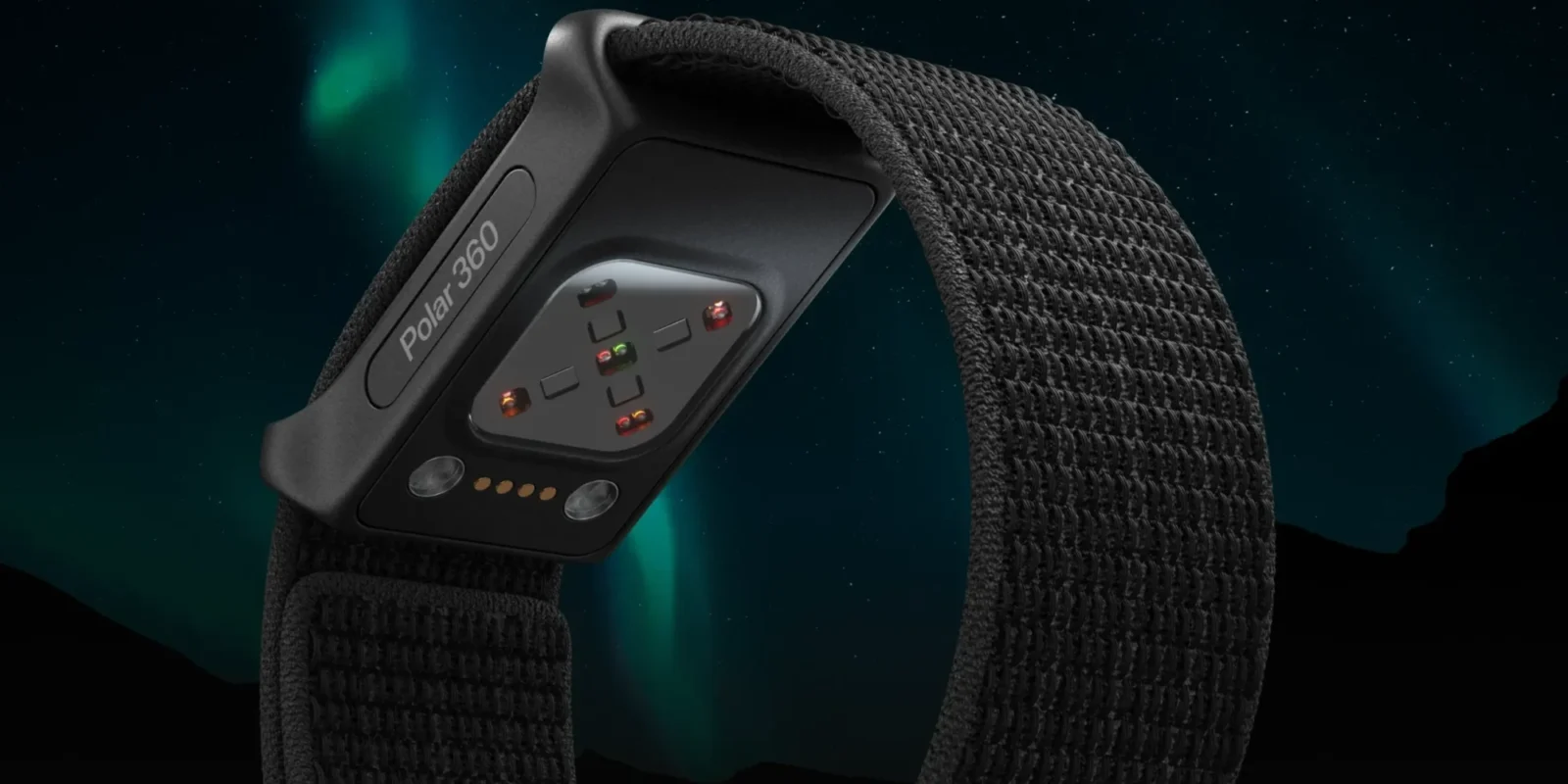Could Workplace Wearables Become a Trend?

Polar has introduced a screenless band equipped with advanced sensor technology, allowing employers to develop custom algorithms for monitoring employee burnout and other wellness metrics
There’s been a lot of buzz over corporate wellness this year, but could employee-sponsored wearables soon become as commonplace as on-site yoga classes and access to meditation and nutrition apps?
It’s possible, according to wearable sports and fitness tech company Polar. The Finnish brand has just launched an enterprise wearable, providing companies with a new way to advance their workplace wellness efforts.
The Polar 360 is a screenless, low-profile band equipped with sensor technology and algorithms. While primarily designed to be worn on the wrist, it can also be used on the upper arm.
Data collected by the Polar 360 is converted into meaningful insights, which can be integrated into company apps via Polar’s API. The platform also offers an SDK kit, allowing companies to create their own algorithms and apps using data from the sensor.
As Polar points out, the wearable can be adapted to various uses depending on a company’s needs. For example, a logistics company could employ alertness tracking for driver safety or monitor exposure to extreme temperatures. The data measured – such as heart rate and skin temperature – can also provide early signals to employee burnout or fatigue. Notably, work stress is the number one threat to employee well-being, according to a recent Wellhub survey.
Polar CEO Sander Werring takes a common position these days: that cultivating well-being is a collective effort and one in which companies and organizations play a significant role.
“As this is a drastic change in the scale wearables are used, it is critically important what kind of company the solution comes from,” he said. “With Polar, we bring with us the Nordic, decades-long heritage and compliance towards privacy regulations of the highest standard. Just as Polar launched the wearables industry nearly 50 years ago, we are now shaping how wearables will be utilized 50 years from now. It’s an exciting, ambitious journey, and we’re thrilled to be taking it with our partners.”
While employees may feel uneasy about their employers monitoring personal metrics, there can be benefits, according to Deloitte Insights.
Citing Japan-based tech firm Hitachi, Deloitte noted last year that the company successfully experimented with boosting employee happiness levels using a wearable device and a mobile app, which provided employees with personalized suggestions for enhancing their happiness. The experiment’s results showed a 33% increase in the “psychological capital” of Hitachi employees, along with a 10% rise in profits, a 15% increase in retail sales and a 34% boost in sales per hour at call centers.
Courtney Rehfeldt has worked in the broadcasting media industry since 2007 and has freelanced since 2012. Her work has been featured in Age of Awareness, Times Beacon Record, The New York Times, and she has an upcoming piece in Slate. She studied yoga & meditation under Beryl Bender Birch at The Hard & The Soft Yoga Institute. She enjoys hiking, being outdoors, and is an avid reader. Courtney has a BA in Media & Communications studies.



